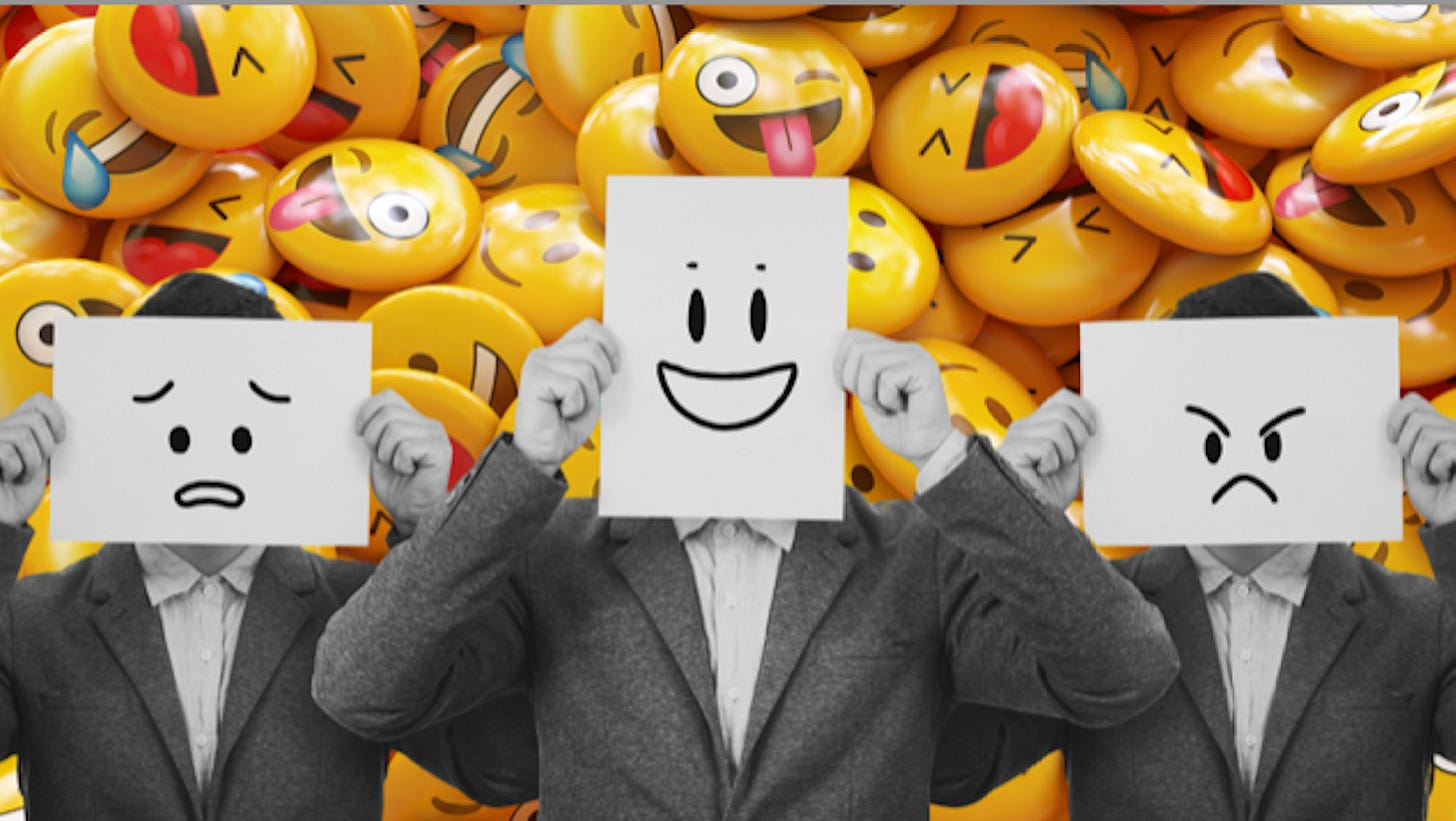Right-ish, or Left?
How "culture-coding" is helping us navigate today's new vibes and divides
Americans have often used coded language to signal their values, either in the clothes they wear (white pantsuits) or the music they buy (Chappell Roan). But in recent months, in group chats, on Reddit and on X, people have also begun to “right-code” and “left-code” who’s who and what’s what. Will it make us more divided—or just better understood?
NEW YORK— We all now live in a world that asks us to rate—with “likes” or stars—nearly everything we experience today, from concerts to restaurants and (yes!) even root canals.
But now? Growing numbers of people are also being asked to start rating people and places on how politically and culturally conservative they are—or should be.
It’s already happening on Reddit, in group chats and on X. People are now vibe-coding each other, based on their political views and the right- or left-leaning cultures that go with them. Comedy and wrestling? Right-coded—along with Home Depot, clothes made by Orvis, Yellowstone, and the trailer for Tom Cruise’s latest Mission Impossible movie. Left-coded? Pope Leo, hoodies, and a recent media workshop I led at the University of Chicago, which made reference to Kendrick Lamar’s halftime show at this year’s Super Bowl. [White Lotus also got left-coded —but permanently, chiefly because of Season 3/Episode 5’s full-moon party in Thailand.]
“People have been drawing stereotypes about the left and right for a while now,” says Indivisible Founder and co-executive director Ezra Levin—but it began spiking after 2020, when the conservative political movement behind Trump began stepping up its use of sophisticated data to both target and refresh the nation’s ranks of active conservatives, based on issues and geographical data. “This spike in culture-coding is now something that doesn’t just take in how someone voted,” he said. It also digs deeper into geographical surroundings and algorithmically created media in support of conservative values.”
Code Switching
The trend began gaining momentum in the nation’s capitol, mostly due to Trump’s support for it. Additionally, an NBC poll of registered voters taken in March showed that a growing number of Republicans identify with MAGA supporters, including 71% of Republicans.
“When political power changes hands, the narratives used to discuss culture and policy changes too,” says Levin, and it can be empowering.
On the Columbia University campus, some members of the Columbia University College Republicans said they’re less afraid to identify themselves as being conservatives, and more people in social circles on the right are saying “it’s suddenly cool now to be on the right.”
Caroline Downey, 27, the Editor-in-Chief of The Conservateur, a right-wing women’s lifestyle magazine, was recently quoted by Emma Goldberg at The New York Times as saying the holistic health movement and conversations about women’s beauty are now being “conservative-coded” so conservatives can feel more “safe” to be fully expressed publicly about their political leanings.
Last month, Goldberg attended one of the magazine’s parties, which was held at a right-coded D.C. restaurant under the theme, “America is Hot Again.” Editors handed out right-coded party favors, served a drink named “God and Country” and gifted Trump-style red hats that read “Make America Hot Again.” Downey told Goldberg: “We are the zeitgeist now.”
Place Matters
Driving the trend is a bigger data pool, scored by AI, which enables people to gain faster and deeper insights about today’s politics and how cultural identities are evolving.
Geography also plays a role. “The distribution of neighborhoods across America shows how much of our geographical surroundings can differ politically from one place to another, and often unintentionally,” says Francesca Paris, a data journalist for The New York Times, who created a deep study published last November entitled, “How Red and Blue America shop, eat and live.”
Based on heavy analysis of data points provided by the Overture Maps Foundation, Paris and co-producer Tim Wallace took the location of millions of different stores, restaurants, churches, parks (and more) and lined them up with the 2020 election results, down to the precinct. “We didn’t know who goes to each place but we knew how the neighborhoods surrounding each locale voted,” Francesca said. Many of the results played into some of the most common political stereotypes. Yoga studios and cocktail bars, for example, skew toward deeply blue spaces, while gun stores and farms skewed deeply toward redder precincts. “But they show how our politics, geography and lives intersect, and not always in obvious ways.”
Certain activities, like golf—right-coded—need space and in the more rural parts of the country, which tend to vote for Republicans. Some grocery stores, like Piggly Wiggly, for example, also mostly code right because they serve redder states in the South, while Food Lion groceries are spread across a more politically blue area in the Southwest.
“Taken all together, the data patterns in all of this are a reminder of how big and varied the country is—in its places and in its politics, so if we can better understand the politics of place, we can better understand what influences our perceptions and divisions.”
Let’s hope the transparency and data being shared in these early days of culture-coding will give us a better understanding of the often subtle messages about identity groups we like and those we don’t—and learn new ways to reshape and de-code what divides us.
Heard some codes we haven’t? Please share in the comments section, and thank you, always, for making us an important part of your reading!





